"New vitality" for traditional craft villages
Under the pressure of industrialization, urbanization, and changes in consumer demand, many old professions are "gasping for breath" in modern times. Many young people leave their villages and give up their jobs to find a living in the city. But also in that flow, with the development of tourism , many craft villages have known how to exploit their advantages to revive. Located nearly 35km from the center of the capital, Quang Phu Cau village (Ung Thien commune, Hanoi) is famous for its incense stick making profession. On holidays, New Year's or any time of the year, the village is always colorful like a giant picture with thousands of incense stick bundles arranged in winding strips.
As a tourist visiting the craft village, Ms. Nguyen Thanh Ngoc (HCMC) shared: "What we like most is taking pictures with incense sticks shaped like the map of Vietnam, the national flag, or colorful miniature landscapes. Not only did I get to take pictures in the middle of the "incense forest", I also got to learn about how to make each incense stick, which is a product that carries cultural and spiritual elements of the Vietnamese people."

Being recognized by Hanoi as a "Tourist destination for incense sticks" is an important milestone for Quang Phu Cau to affirm its potential for tourism development. Not stopping at production, the villagers now know how to expand their direction, combining incense making and tourism by creating a display space, arranging the incense drying yard into a photo area for tourists. "We have a service to guide, introduce the incense making process, guide visitors to pose, choose the shooting angle so that everyone has the most satisfactory photo", said Ms. Tran Thi Lap, an incense maker in Quang Phu Cau. With a cost of 100,000 VND/person/visit and photo taking, Quang Phu Cau today not only radiates the fragrance of bamboo incense bundles, but also spreads the pride of a craft village that has known how to "revive through tourism".

As for Ban Thach sedge mat village (Nam Phuoc commune, Da Nang city), located between 3 rivers: Thu Bon, Ly Ly and Truong Giang, it has been famous for over 500 years. Ms. Do Thi Hue, who has been in the profession for over 50 years, confided: The special thing about Ban Thach sedge mat products is the sophisticated patterns created from dyed sedge and jute fibers, not printed patterns on the mat. After weaving, the mat will be cut into squares and fixed on 4 edges to prevent unraveling. After more than 2 hours, a mat is completed and sold for 100,000 VND/product. In addition to weaving mats, Ban Thach people also make sedge products such as handbags, sandals, bracelets...
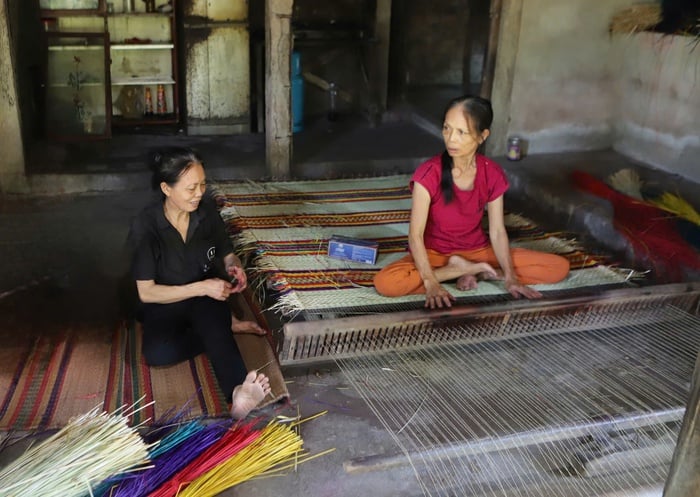
Artisans of Ban Thach village demonstrate making sedge mats to serve tourists
In particular, opening a sedge weaving experience service for domestic and foreign tourists has brought villagers a significant source of income. "We do not have a fixed fee for the experience services, but it is a source of spiritual motivation for women who weave mats, especially young people, to love the job more and be more proud of their ancestors' traditions," Ms. Hue emphasized.
Tourism "awakens" the potential of traditional craft villages
According to statistics from the Ministry of Agriculture and Environment, the country currently has 1,975 craft villages and traditional craft villages. Many localities have known how to take advantage of their advantages to develop community tourism and experiential tourism. Hundreds of craft villages have received support for trade promotion, brand development, and connection with the OCOP program. Many artisans have strongly transformed from simple production to "doing tourism by profession". This change not only enriches the people, but also creates a "craft village tourism ecosystem", where culture, art, crafts, cuisine and life are in harmony. From there, "tourism not only helps preserve the soul of the profession, but also awakens the cultural potential and economic development for the villagers themselves", Ms. Ta Thu Huong, a conical hat artisan in Chuong village (Phuong Trung commune, Hanoi) shared.
Ms. Trinh Ngoc Anh (tour guide in Hanoi) said: "When taking tourists to craft villages such as Bat Trang pottery village, Quang Phu Cau incense village, Chuong conical hat village, Phu Vinh bamboo and rattan weaving village, Dong Ho paintings, Ban Thach mat weaving village..., I realize that customers not only want to visit, but also want to interact with artisans and participate in the experience of making products. Turning traditional crafts into vivid experiences for tourists is one of the quite effective measures to stimulate tourism."
Today's craft villages are not only busy with traditional products, but each household and each craftsperson is becoming a "tourism ambassador", both preserving the soul of the countryside and opening up new directions for economic development from tourism.
Source: https://phunuvietnam.vn/nguoi-dan-lang-nghe-giu-hon-que-phat-trien-kinh-te-tu-du-lich-20251114154409599.htm







![[Photo] Action for the Community tells stories of enduring journeys – both intimate and great, yet quiet and determined](https://vphoto.vietnam.vn/thumb/1200x675/vietnam/resource/IMAGE/2025/11/15/1763179022035_ai-dai-dieu-5828-jpg.webp)
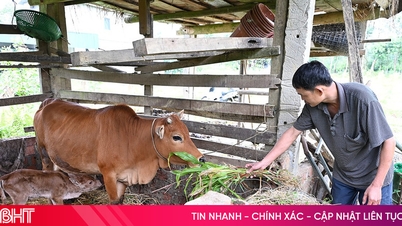







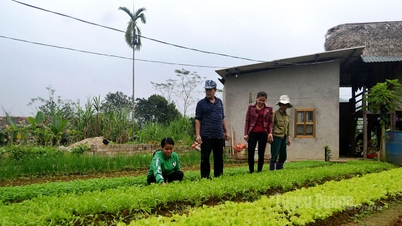







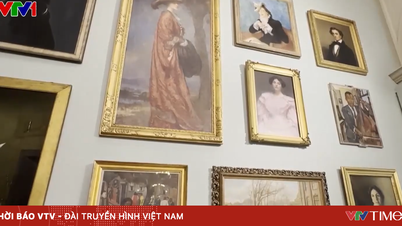
















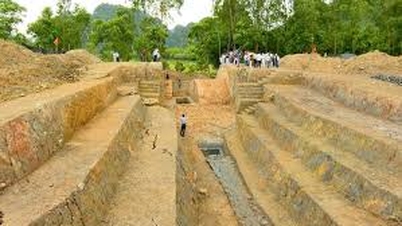









































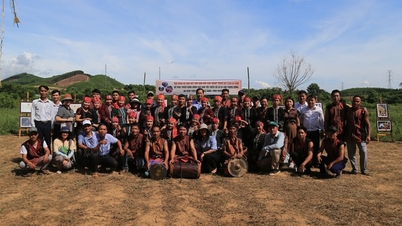
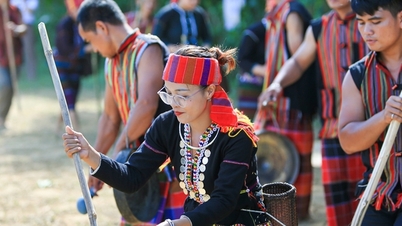







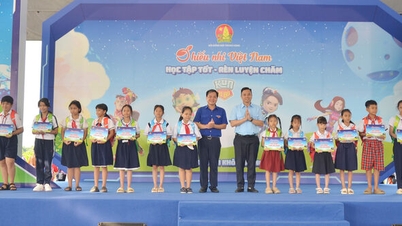



















Comment (0)